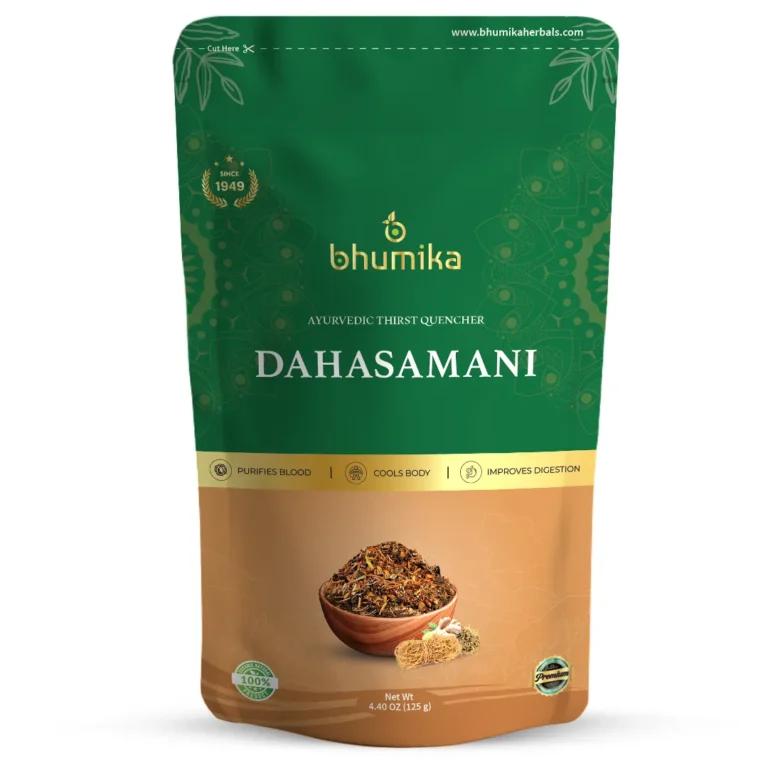Dhanurasana Yoga – Benefits for Flexibility and Strength
Share this!

According to the database of the World Health Organisation, almost half of the Indian population is facing hypokinetic diseases that arise due to lack of exercise. It is unbelievable that one out of two is preyed upon by lifestyle diseases like obesity, diabetes, osteoporosis, back pain, etc. It is pathetic that Patanjali’s predecessors are going through this situation.
But don’t worry; incorporating yoga into your lives will help you stay healthy. Dhanurasana yoga, also known as the Bow Pose, is one of the basic poses of yoga that offers significant health benefits, including enhancing strength and flexibility. The name comes from the Sanskrit terms “Dhanur,” meaning bow, and “Asana,” meaning posture. This pose mimics the shape of a taut bow, symbolising focus, balance, and energy. In this article, we will discuss how to practice Dhanurasana and the health benefits offered by Dhanurasana.
What are the Different Types of Dhanurasana?
Ancient texts mention various forms of Dhanurasana yoga. The basic version involves lying on the belly while raising both the legs and chest simultaneously, forming a bow-like curve with the body.First, you should master this basic pose, and then you can try different variations of Dhanurasana. There isn’t a huge difference between them, but only slight changes from the basic posture.
Practising and knowing more about the types of Dhanurasana, their benefits, and their procedure will help you decide which is most suitable for you. For example, some versions are difficult to follow; they can only be followed by advanced practitioners, whereas others may suit everyone. Here are some variations:
Parsva Dhanurasana (Side Bow Pose)
Parsva Dhanurasana is performed while lying on one side of the body. This variation helps expand the chest and shoulders while also building strength in the back muscles.
This pose enhances both the strength and flexibility of the back and shoulders.
Urdhva Dhanurasana (Upward Facing Bow Pose or Wheel Pose)
Practising Urdhva Dhanurasana requires lifting your entire body from the ground, like an upward arc. This advanced backbend posture ensures the strength and flexibility of the back and shoulder. Among yoga practitioners, performing this asana is often considered a testament to progress in yoga.
Akarna Dhanurasana (Ear-Holding Bow Pose)
In Akarna Dhanurasana, you have to hold your ankles with your hands while doing this pose. This pose introduces a twist to the traditional bow pose, effectively stretching the neck and shoulders.
First, you need to learn the correct way to perform Dhanurasana yoga from a trained yoga instructor; otherwise, it will result in injury.
How to Do Dhanurasana: Step-by-Step
Before knowing about the benefits, let’s understand how to practice this pose. Prepare your body with a warm-up session before following these steps.
- Lay flat on your stomach, keep your arms alongside your body and keep your legs maximally stretched.
- Bend your knees, bring your heels close to your hips, and then hold your ankles with your hands.
- Lift your chest from the ground while raising your legs upwards, and gently balance your body on your stomach.
- Maintain a bow-like shape with your body, using your arms as the string. Stay in the position for 15–20 seconds, taking deep, steady breaths.
- As you exhale, gently release the pose by lowering your chest and legs to the floor and relax.
Top Benefits of Dhanurasana Yoga

Dhanurasana yoga provides a range of powerful health advantages, particularly in enhancing flexibility and building strength.
Flexibility
Performing Dhanurasana yoga will stretch multiple muscle groups, including the shoulders, chest, abdomen, and thighs. By practising regularly or over time, this pose will improve your spine’s flexibility, help open up the back and increase the range of motion. It is highly beneficial for those leading sedentary lifestyles. This posture helps to counteract stiffness caused by prolonged sitting. Those prone to hyperkinetic diseases should include this in their lifestyle for their well-being.
Strengthens the Core and Back
Performing this posture engages the core and lower back muscles, so this helps to strengthen these areas significantly. It is highly beneficial for those who dream of building a strong and flexible back. Most of us wish to build muscle and enhance physical strength. Dhanurasana can be an effective physical activity as it engages our back muscles and improves spinal flexibility and strength.
Some studies show that regular practice of Dhanurasana yoga significantly improves back muscle strength and flexibility, which is very important for maintaining good posture and preventing back pain. Stretching different muscle groups in the front body, including the chest and shoulders, can also counteract the effects of a sedentary lifestyle or working out in the gym, helping to prevent muscle injury and stiffness.
Improves Digestive Health
Regular practice of Dhanurasana applies mild pressure to the abdomen, boosting blood flow to the digestive organs and promoting better gut health. Dhanurasana will stimulate your abdominal organs, including the stomach, liver, and intestines. This pose facilitates better digestion and reduces issues like constipation and bloating. Including this asana in your daily routine can lead to a healthier gut and overall well-being.
Stay energised and say no to fatigue
Performing this beneficial backbend activates the adrenal glands, which release endorphins that boost energy and combat fatigue. The posture also rejuvenates the body by resolving issues in your muscles in the shoulders and lower back.
Supports Respiratory Functions
Consistent practice of Dhanurasana yoga helps expand lung capacity and enhances overall respiratory function. It’s highly beneficial for people with respiratory issues like asthma.
Enhances Emotional Well-being
Do you know performing Dhanurasana not only improves physical health but also promotes emotional balance? The deep stretch and controlled breathing help to overcome stress. Doing Dhanurasana will make you feel refreshed and more relaxed.
Mental health is as important as physical health, but most neglect it. This posture facilitates deep breathing and relaxation, which may help reduce stress and anxiety because some studies show that performing Dhanurasana yoga lowers cortisol levels, the stress hormone.
By practising Dhanurasana yoga regularly, you can enhance your physical and emotional well-being. This pose encourages a stronger bond between your body and mind, promoting greater awareness. It will give you flexibility and strength if you perform Dhanurasana regularly.
Related Topics
| Ayurvedic Medicine for Bp Control | Ayurvedic Medicine for Detoxification of Liver |
| Ayurvedic Medicine for Knee Pain | Ayurvedic Treatment for Migraine |
Frequently Asked Questions on Dhanurasana Yoga
Who should avoid practising Dhanurasana yoga?
Individuals with a weak heart, high blood pressure, hernia, colitis, or peptic and duodenal ulcers are advised not to perform this pose.
Also, the Dhanurasana pose should be avoided before bedtime, as it activates the adrenal glands and stimulates the sympathetic nervous system, which may interfere with restful sleep.
Can Dhanurasana help in reducing belly fat?
Yes, Dhanurasana helps engage and tone abdominal muscles and thus supports belly fat reduction. This posture helps strengthen the core, boost digestive function, and enhance blood flow to the abdominal region. Consistent practice enhances overall metabolism and may help in reducing abdominal fat.
Which chakra does Dhanurasana activate?
Dhanurasana primarily stimulates the Manipura Chakra, also known as the solar plexus chakra, located near the navel. It is the energy centre associated with personal power, self-confidence, and mental clarity. By incorporating the chest-opening aspect of the pose, it enhances both physical and emotional health.
Is Dhanurasana beneficial for managing diabetes?
Yes, Dhanurasana can benefit those with diabetes. This posture stimulates the pancreas, aiding in the regulation of insulin production.
Share this!
Share this!
Shop by Concern
Ayurvedic Products for Dark Circles & Puffy Eyes (4) Best Ayurvedic Products for Acne & Pimples | Natural Clear Skin Care (8) Dandruff & Scalp Itchiness (6) Dead Skin Cells (5) Dehydrated Skin (4) Dry & Damaged Hair (5) Dryness (4) Dry Scalp (6) Dry Skin (3) Dull Skin (7) Excessive Oilness (4) Face Care (8) Fine Lines & Wrinkles (7) Greying (3) Hair Care (8) Hairfall (6) Hair Loss & Growth (6) Hyper Pigmentation (5) Post Partum Hairloss (2) Skin Brightening (8) Skin Care (7) Stretch Marks (3) Tanned Skin (5) Uneven Skin Tone/ Pigmentation (5) Uneven Skintone/ Texture (5)








